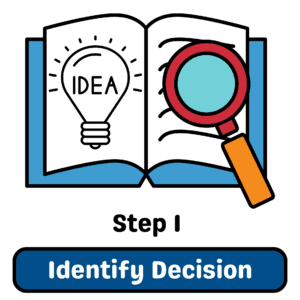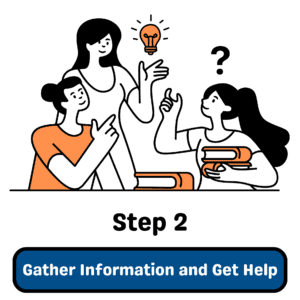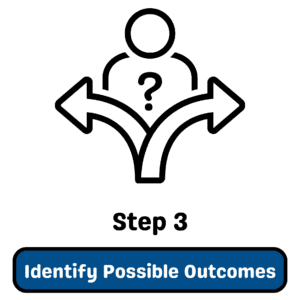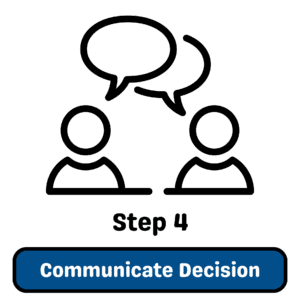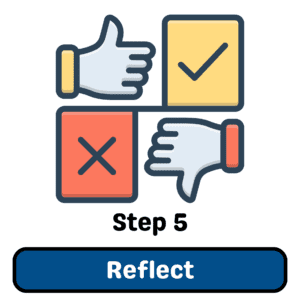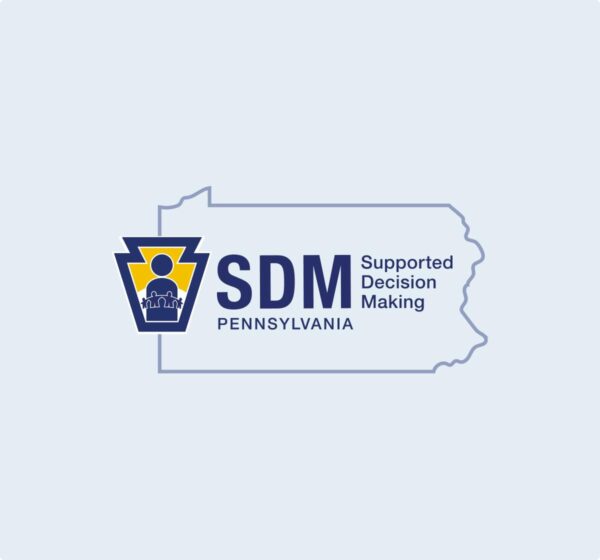When using the Supported Decision Making process, you are called the “Decision Maker.” A decision maker is a person who makes decisions about their own life.

At the center of being a Decision Maker is an idea called “Self-Determination”. Self-Determination is all about having the power to make choices about your own life, what you want to do, and how you want to do it.
Every day you make decisions about your life. Some of these decisions you make on your own, but other decisions you may need help with. By using a team of Supporters (or people you trust like friends and family), you decide the help you need. Navigating decision and support will look different for every decision.

You will get better at making decisions the more you practice. Part of the process is figuring out what works best for you. Sometimes you will make a decision and it will not turn out the way you wanted. Your team of supporters will be there to help you problem solve and learn what you can do differently next time. Remember, we all make mistakes.
Complete the worksheets (on this page, under Decision Maker Worksheets) to help you get started on the Supported Decision Making process:
- What decisions do you make? – an assessment that helps you determine what areas in life where you might need more opportunities to learn or practice important decision making skills.
- Your daily decisions discussion- This is a worksheet that helps you recognize that you might already be making decisions (big or small)!
- Supported Decision Making Summary Sheet – top 8 things you should know about Supported Decision Making



